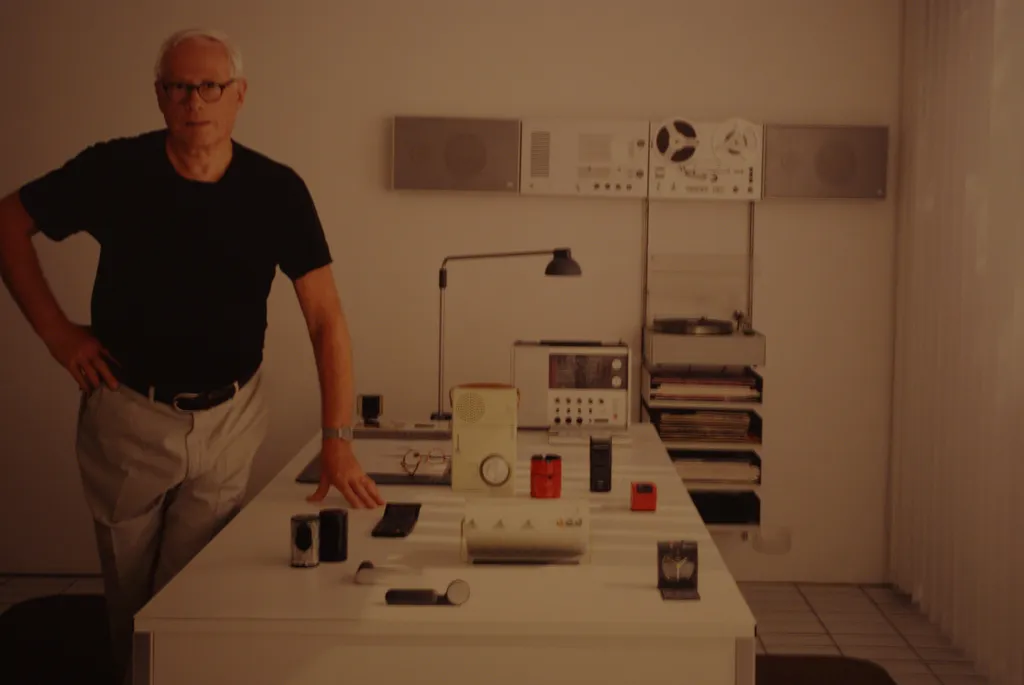

Design is all around us on the websites we browse, the products we use, and the spaces we inhabit. Some designs stand out immediately, while others go unnoticed, seamlessly integrating into our daily lives. This brings us to a fundamental principle: good design is obvious, but great design is transparent.
Good design ensures clarity. It presents information in a way that is easy to understand, guiding the user effectively. However, great design goes a step further it becomes so intuitive that the user doesn’t even notice it. It eliminates friction, enhances usability, and provides a seamless experience.
Imagine using a well-designed smartphone app. A good design will have clear buttons, readable fonts, and an aesthetically pleasing interface. But a great design makes navigation effortless—you instinctively know where to tap, how to scroll, and how to accomplish tasks without needing to think about it.
Google Search – The minimalistic interface ensures that users can search instantly without distraction. The design disappears, leaving only functionality.
Apple’s iOS – The operating system is designed so intuitively that even first-time users can navigate effortlessly.
Automatic Doors – A simple example of real-world design that works so smoothly you rarely think about it.
Enhances User Experience – The best designs reduce cognitive load, making interactions fluid and natural.
Encourages Engagement – Users are more likely to stay on a website, app, or product when they don’t have to struggle to understand it.
Builds Trust – When people don’t have to think about how something works, they trust it more and feel more confident using it.
Prioritize User Needs – Understand how users think and design accordingly.
Remove Unnecessary Elements – If something doesn’t add value, eliminate it.
Test and Iterate – Observe how users interact and refine the design continuously.
Great design is about effortless interactions. The best designs don’t demand attention—they simply work. Whether in digital interfaces, physical products, or architectural spaces, the goal should always be transparency in experience. Because when design becomes invisible, users can focus on what truly matters.